Epiphytes are plants that grow on other plants or trees. They usually hang down from their host plant, and they often have interesting shapes and colors. There are many different types of epiphytes, and each one is unique.
This post will cover popular types of epiphyte houseplants and how to care for them properly.
Overview of Air Plants (Epiphytes)
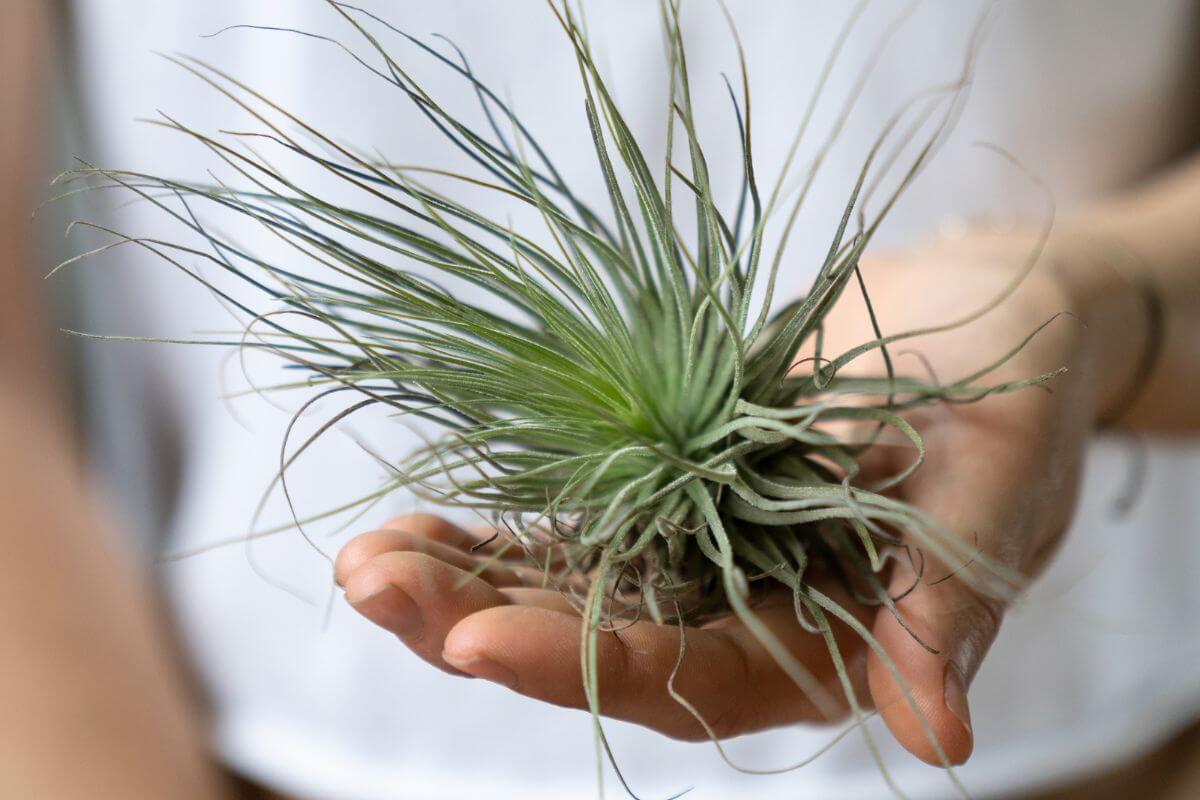
You may be wondering exactly what an air plant or epiphyte plant is. Imagine a lush rainforest where you are completely surrounded by greenery wherever you look. Then you look at the tree canopies and their branches, and you notice a large, green population up there.
Tree branches and tree trunks are collectors of decaying matter from the soil, decaying leaves, tree bark, and organic dust particles. Through their collection, they create habitable places for epiphytic plants.
When seeds, blown by air currents or transported by animals, land in this rich natural compost, they germinate and grow. This type of plant that grows there is known as an epiphyte.
An epiphyte is a plant that will take up residence and grow on a host plant, such as a tree. They receive moisture and nutrients from the air, rain, and any decaying matter nearby.
The host plant is used only as a base for support. In this way, they avoid dangers from the rainforest ground, but are also closer to the sun to receive that necessary amount of light for photosynthesis and nutrition.
An epiphyte should not be confused with a parasite. These plants are not parasitic and in no way harm the hosting plant.
Some air plants will be found on rocks as opposed to other plants, like mosses. This type of epiphyte can also grow on surfaces that are not organic.
Types of Epiphytes
There are more than 30,000 species of epiphytes globally, but the ones most recognizable are ferns, bromeliads, and mosses.
Bromeliads
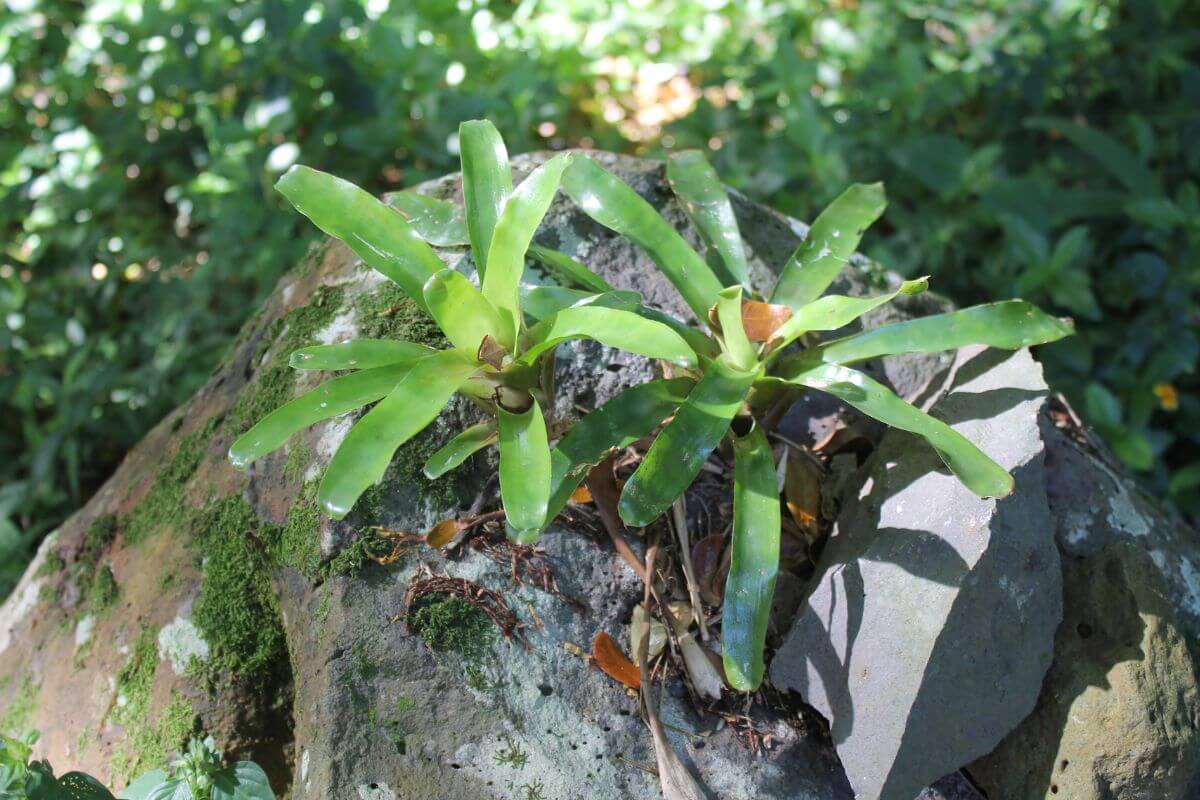
With approximately 2500 species that are native to the tropical rain forests in the Americas, Bromeliads are appreciated for their patterned foliage, and colorful and very diverse flowers.
An example of an epiphytic bromeliad is the Tillandsias, also known as the “air plant.” There are 650 species alone and it is one of the more than 1800 Bromeliad epiphytes in circulation.
Orchids
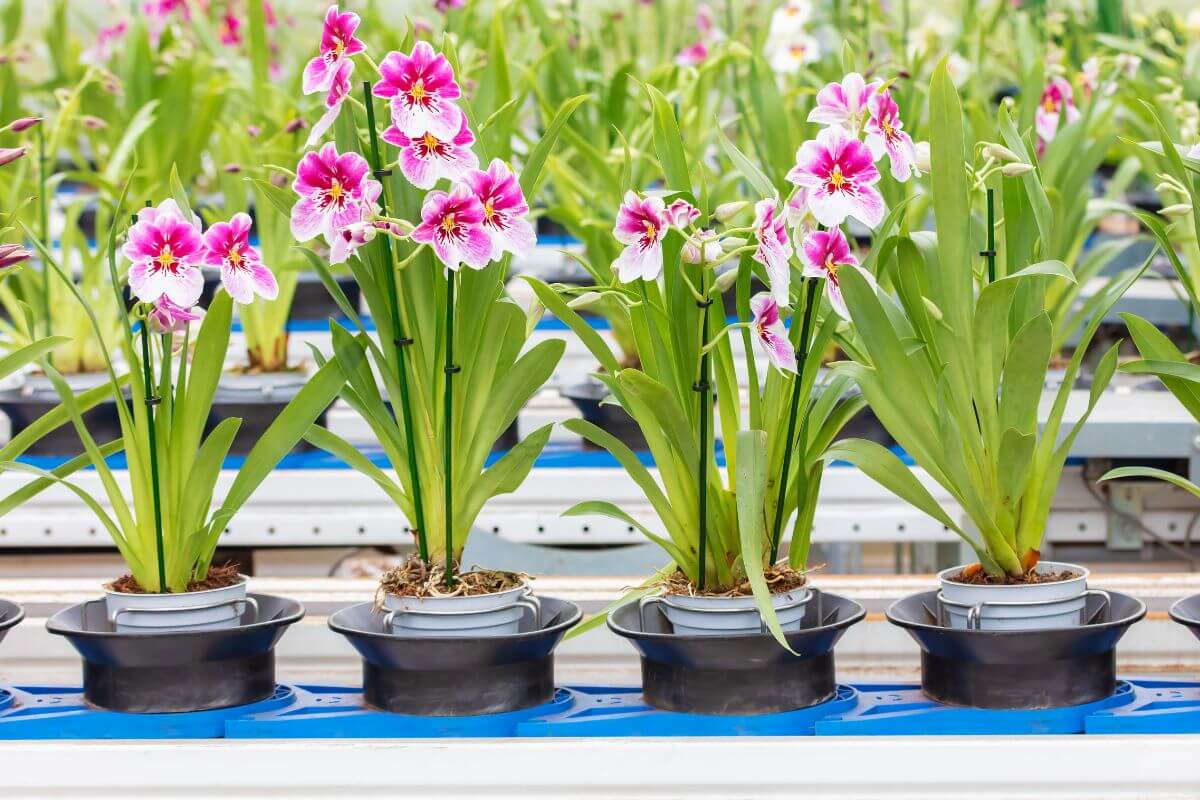
With approximately 22,000 species of orchids in existence, roughly 70% of these are epiphytic. An epiphytic orchid will have symmetrical blooms and foliage will have parallel veins.
Cacti
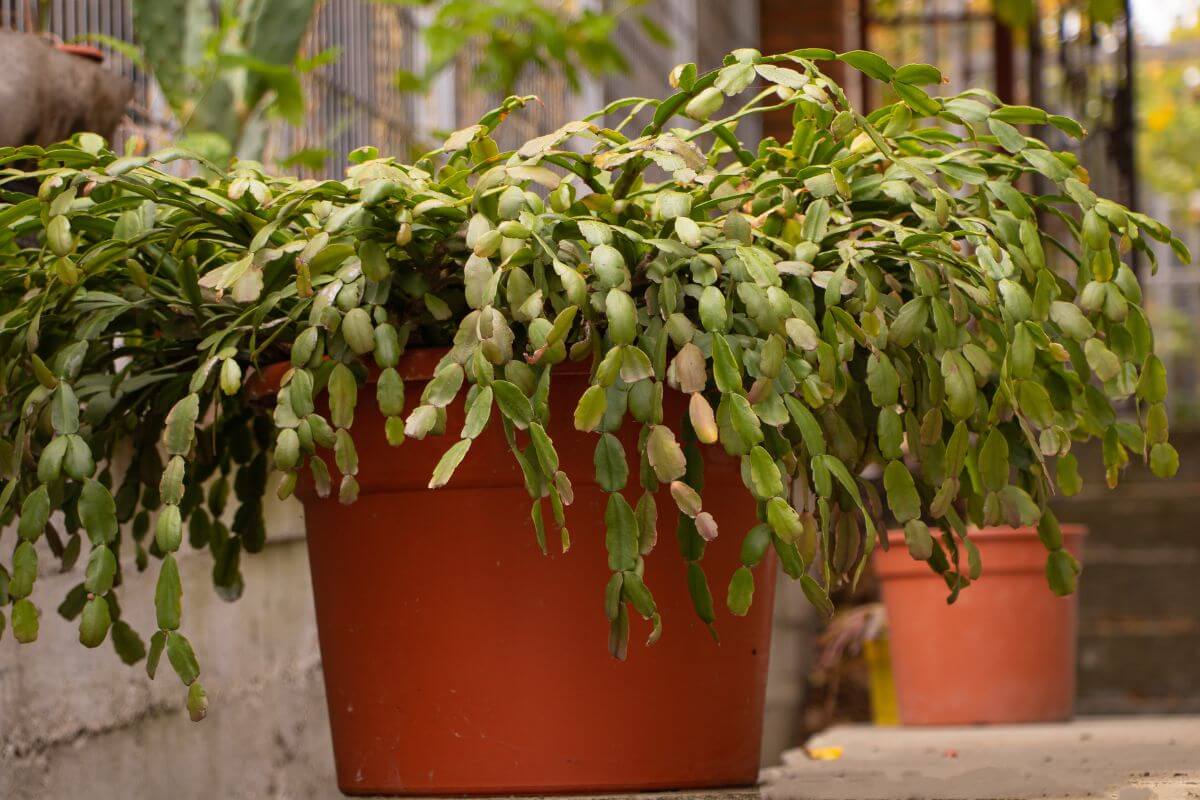
Rainforest cacti are different from desert cacti. Their foliage tends to grow long for the absorption of light, while desert cacti have developed foliage for water retention.
Known as epiphyllum, there are approximately 20 species of epiphytic cacti.
Ferns
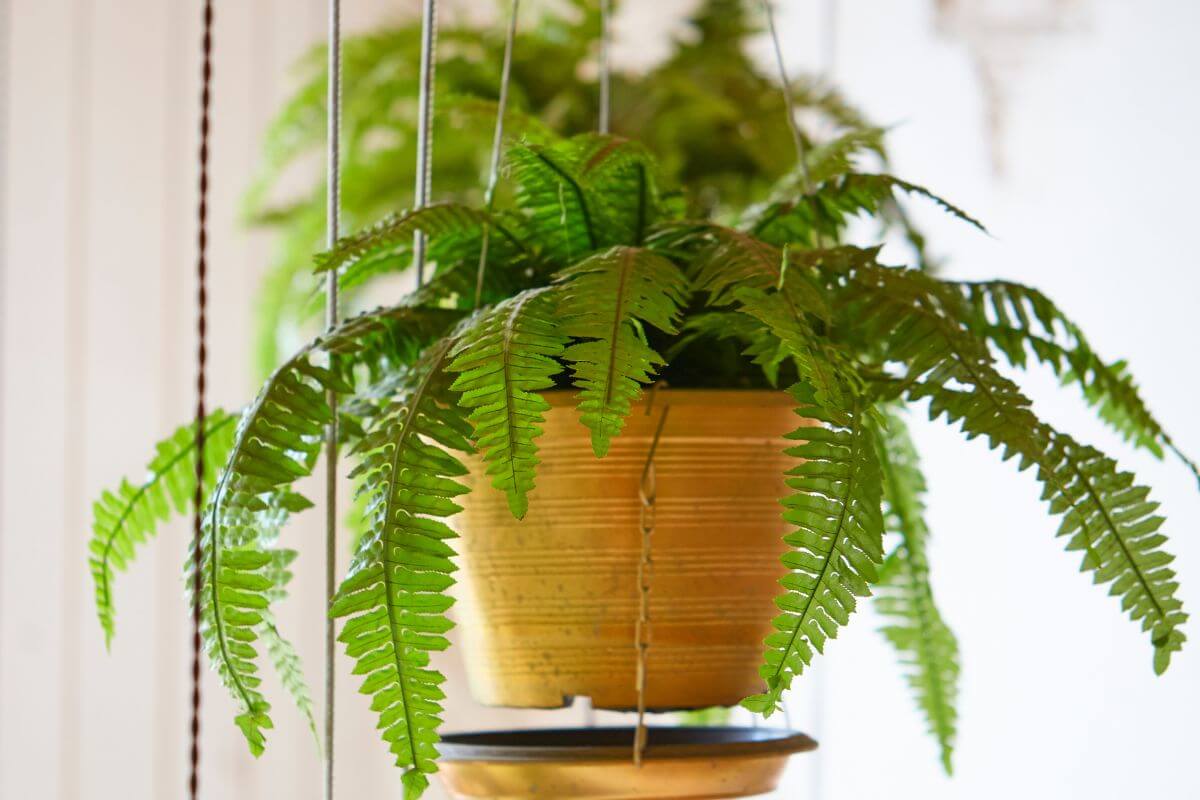
Lush with large green foliage, the fern will often be found in moist, humid locations. These plants reproduce with spores instead of seeds and do not produce blooms.
The Epiphyte Houseplant
If you decide to cultivate an epiphyte as an indoor houseplant, be sure to research how large the plant will grow to be. It will require support for its growth and expansion.
These plants can grow on just about any surface, including bark, rock, cork, board, or even an indoor tree can function as a host.
Watering should be minimal until your epiphyte sprouts new roots. Each type of epiphyte has its own set of specific care tips and conditions.
A good basis for judging if a certain type of epiphyte will do well in your home is by looking at its natural habitat. What is needed for soil, watering schedule, humidity levels, fertilizer, and more.
Popular Epiphyte Houseplants

You may very well already be cultivating an epiphyte in your home. Many of these plants are quite popular as houseplants.
Here are several of the most common found in homes and offices:
- Anthurium Plant
- Bird’s Nest Fern
- Staghorn Fern
- Bromeliad
- Cattleya Orchid
- Oncidium Orchid
- Orchid Cactus
- Christmas Cactus
- Mistletoe Cactus
- Tillandsia
Growing Medium for Epiphyte Plants
Epiphytes can mount onto all types of material like wood that is not treated, driftwood, cork, or you may want to place them on indoor trees or even larger houseplants. They do not root in the soil as they expose their roots to the open air.
You can grow them in a medium that is soilless, such as charcoal, sphagnum moss, fir bark, crushed coir, lava rock, redwood bark, or Osmunda fiber, or any combination.
Creating the correct growing medium is vital because you need to encourage root growth without suffocating it.
Environment Conditions for Epiphyte Plants
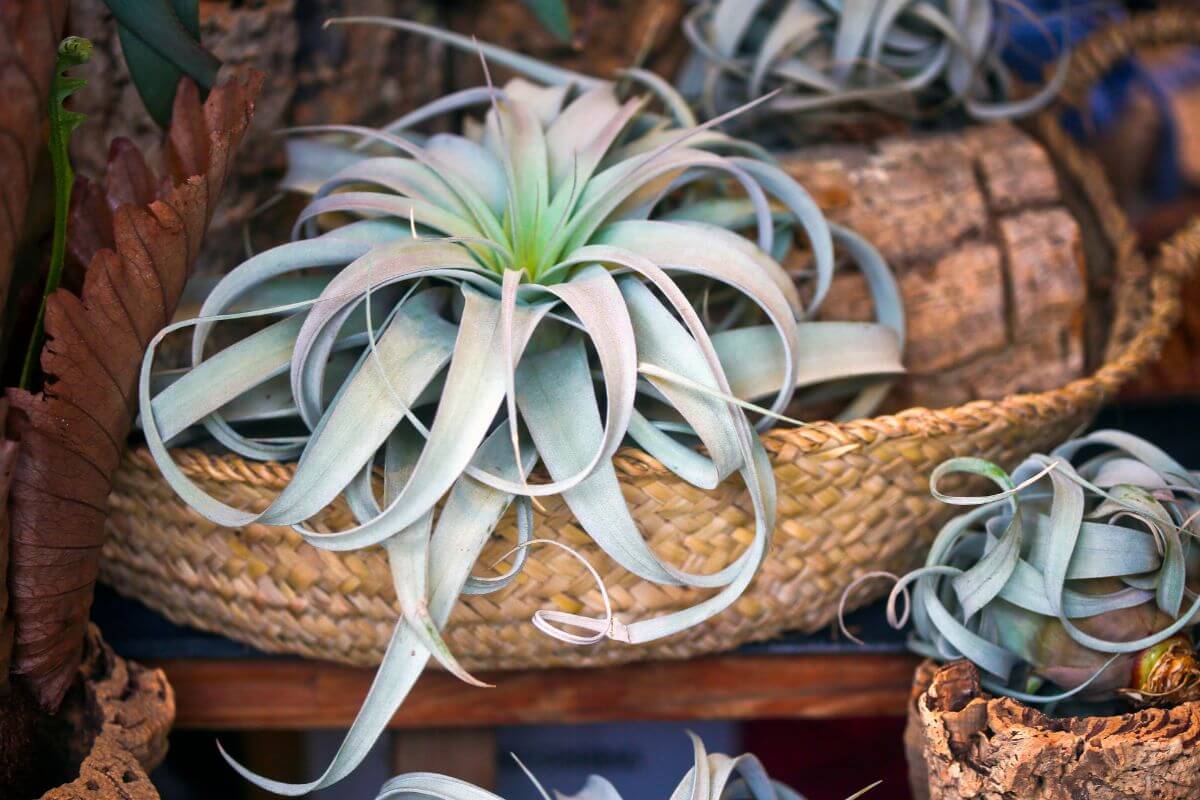
These are general guidelines for what environment conditions work best for most types of epiphytes. You must consider where you live when choosing which ones would thrive in your area.
As I mentioned earlier, there is a wide array of epiphytic plants, you’ll want to check on special care requirements for specific plants.
Temperature for Epiphyte Plants
A nice warm temperature is ideal, ranging from 60° to 90° F during the day and 50° to 70° in the evening.
Epiphytes can be cultivated outdoors in the summer, but if you live in a colder climate and have harsh winters, they need to be brought indoors.
These plants need to be protected from any type of strong wind as well.
Humidity for Epiphyte Plants
Epiphytes are tropical or sub-tropical plants, so they are natively in humid conditions. They’ll need humidity indoors and outdoors.
To protect them from dry air, they should never be placed in the vicinity of heating or air conditioning vents or units. An occasional misting will help, or use a humidifier to increase humidity.
You can also nestle your epiphytes with other houseplants to create a localized group humidity through the release of vapor when plants transpire.
When looking for a room in the house with humid and warm conditions, a steamy bathroom would be perfect.
Light for Epiphyte Plants
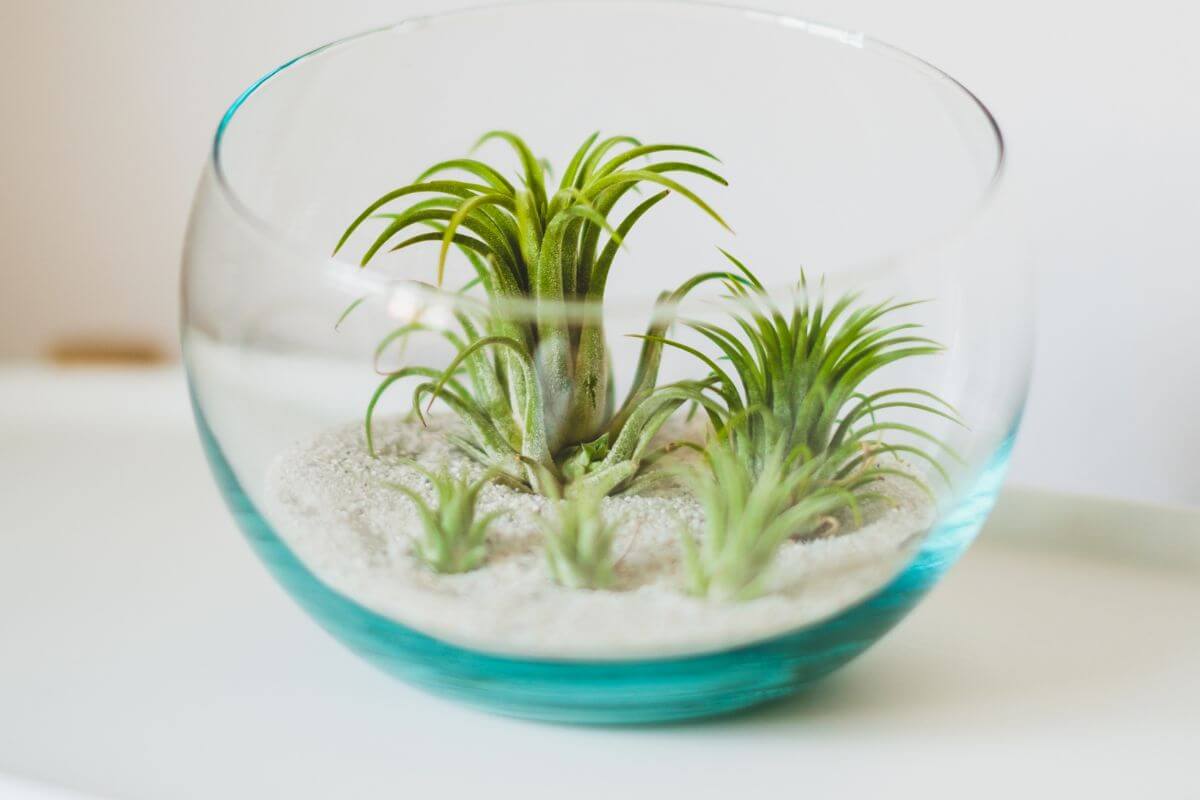
Epiphytes do not do well with exposure to bright direct sunlight. Since they naturally grow in rainforests, they are used to and like bright indirect light.
Sunlight is filtered, dappled light as sunlight shines through the tree canopies. So be sure to give them partial shade when outdoors.
Water for Epiphyte Plants
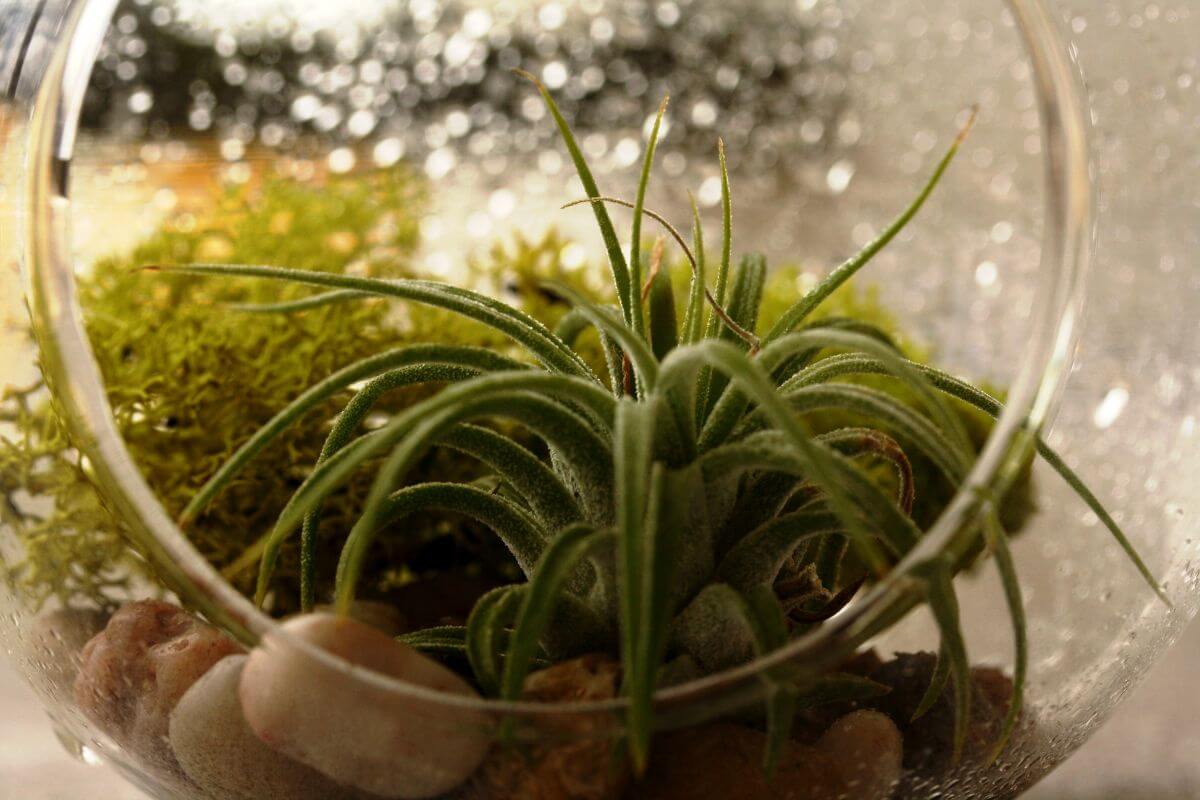
Watering is relatively easy. Soak your plant’s roots in water that is room temperature every week. This should be sufficient, but if you notice that the top inch of your soil is dry, go ahead and water it to keep the soil moist.
These plants require that their roots receive adequate air circulation to thrive, so overwatering and drowning your plant’s roots is a bad idea that can prove to be fatal.
Fertilizer for Epiphyte Plants
To fertilize, limit feeding to a monthly feeding or twice a month at the most. Use a diluted dose of an all-purpose, liquid fertilizer on the growing medium.
There are orchid fertilizers sold that you can spray directly on the plant’s leaves, not on blooms, that work well.
Epiphyte and Air Plant Care Final Thoughts
Epiphytes are colorful, beautiful, and not very difficult at all to grow. They do not require lots of maintenance and are much easier to cultivate than many other flowering types of plants.
Check out these houseplants and how to care for them:
- Peperomia Plant Care and Grow Guide
- Calathea Plant Care and Grow Guide
- Purple Passion Plant Care and Grow Guide
Air Plant Care FAQs
How to Mount Epiphytic Plants
First, select an appropriate substrate to mount the epiphytic plant onto. You can use anything from mosses to peat pellets to sand. Sphagnum moss is a popular choice, depending on the type of plant you have. Moisten the substrate and wrap it around the plant’s roots. Then bind everything together with some string until the entire root system has been wrapped up tightly.
Next, place the whole thing into a pot filled with potting mix. The pot must be large enough to allow the plant to sit comfortably without touching its sides. If necessary, add more potting mix to fill out the space between the bottom of the container and the surface of the substrate. Water thoroughly after planting.
What do epiphytes need to survive?
To survive, epiphytes need good amount of water, good drainage, enough nutrients, air circulation, bright indirect sunlight, high humidity, and warm temperatures.
Do epiphytes need sunlight?
Yes, epiphytes need sunlight, but not direct. It needs to be indirect sunlight, like those that comes through large trees in the rainforest.
Do epiphytic plants need soil?
No, epiphytic plants don’t need soil because they live off of moisture and nutrients found in the atmosphere. However, they will benefit greatly by having plenty of organic matter added to their pots.
Can I put my epiphytic plants outside during the winter months?
Yes, you can put your epiphytic plants outside during the winter months, but only if you live in warm climates. If your local area is 60° to 90°F in the winter and doesn’t go below 50°F, feel free to put the plants outdoors.
What does an epiphyte do?
An epiphyte lives as part of another organism and gets its food and oxygen from this host. An example would be ferns which get their nutrition from the ground while living among grasses. Other examples include bromeliads, cacti, and succulents.
What are plants that never touch the ground called?
Plants that never touch the ground are called epiphytes or air plants. Air plants grow above the ground level and take advantage of the sun’s rays for photosynthesis. These plants also absorb carbon dioxide from the surrounding environment.
How do you feed epiphytes?
Feed epiphytes by adding fertilizer to the growing medium once a month. This helps them produce new growth and keep healthy. You can also try feeding twice a month if you feel your plants need them.


